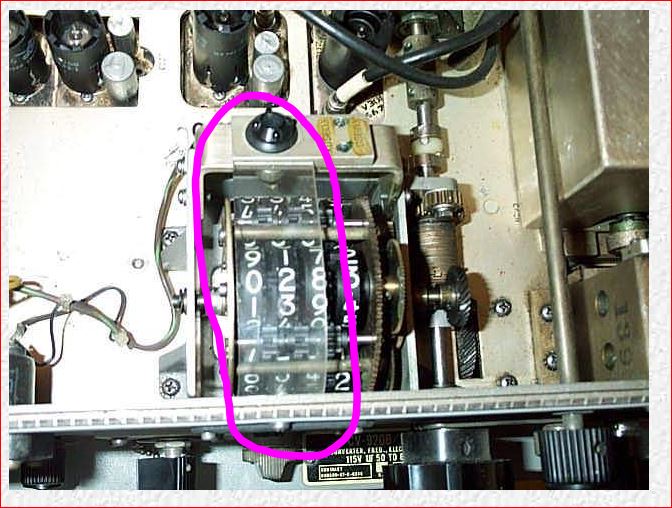[Today: 8+ miles, mostly run but some walk]
I had a guy send me an email about my HW-8 dial light project which uses a piece of plastic as a light waveguide to carry light from an LED to the front panel.
I have seen that done on various consumer products. They’ll have a little LED on the circuit board and they’ll have a little plastic cylinder going to the front panel which carries the light out where the user can see it.
I first saw it in a radio receiver called the National AN/WRR-2 which I had use of for awhile. It had regular light bulbs buried inside the chassis and curved pieces of plastic to carry the light from the bulbs to the front panel at appropriate places.
I was in Army MARS, an organization for hams but run by the US Army to maintain an alternative communications network, particularly to handle messages to family from deployed servicemen. MARS was big during the Vietnam era but by the 1980s it was languishing somewhat. One of the benefits for the hams involved was that they might see some military surplus equipment, maybe even keep some of it.
My father is also a ham and he was in MARS for quite awhile. He had this big National receiver come to him for MARS use. It came on a big ship-board spring mounting system which he removed. He had it in his radio room for a number of years then transferred it to me probably around 1983-1984. I enjoyed use of it for awhile. Then I resigned from MARS (there really wasn’t much activity). The state MARS director stopped by my house and took it away, which may have been required but it wasn’t much fun. I don’t remember exactly, but I don’t think I got to keep any MARS stuff. I think they took it all back. I’m not 100% sure, but I think that is when I lost my Teletype Model 19 (RTTY) too. I vaguely remember the guy brought a trailer and hauled it all away. But maybe I dreamt it.
So anyway, for awhile I had an AN/WRR-2 and enjoyed using it. The thing was large and heavy. It had 61 vacuum tubes inside and operated over the range of 2-32 MHz. And it used these plastic light-pipe things (I think I mentioned that).
I found a picture at this website in Italy . I have circled the light-pipe thing. At the “top” is a black sort-of knob. That is to change the light bulb. From the bulb to the front panel there is a curved piece of plastic which carries the light down and dumps it where it shines on the numbers.
That was my inspiration for the HW-8 modification.
